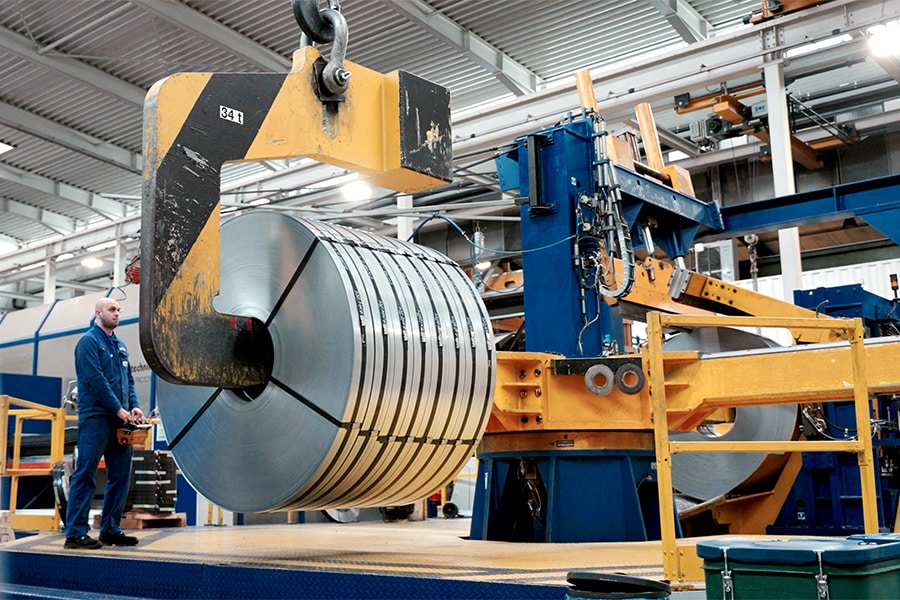
A smooth implementation of ERP? It can be done!
Implementing an ERP system or changing ERP? That requires time and resources anyway, unfortunately you can't avoid that. But it doesn't have to be a source of frustration for you and your employees. Proper preparation can smoothly navigate your company through this change process.
Implementing an ERP package goes beyond technology. It changes the way of working within a company. After all, ERP becomes the backbone on which all processes are hung for better connection and streamlining of all those processes. Those who succeed in this will be able to work more efficiently and productively than ever. But because it just touches all business processes, it really is a change process for everyone in the company. And there are pitfalls associated with that.
Free up enough resources and especially time to do this thoroughly and involve your employees and their experience. They know the processes best. Therefore, it does not have to be done all at once. Many ERP packages are built in modules; in other words, the software can grow with your company and be planned in step by step. With that, we have already guided you past some of the most common pitfalls. Here are some additional tips to make the transition as smooth as possible.

Defining business case
As with any investment, it is also good to define the business case around a new ERP package. What do I really want to achieve with this ERP software? Where is the benefit? An important nail to hammer home, to get everyone on board with the story. They need to see where the benefits are for them. In addition, this is a good starting point to estimate what the ERP system will need to deliver over time.
Once that is delineated, the task is to assemble a team that will help pull the cart. Complementarity is key, as each will have a different role to play. The team's job is to provide the right input. This goes beyond just the data; exactly how all the processes flow together is also important to pass on to the ERP vendor. The better the input, the better the output and thus the added value will be.
Engaging employees in optimizing processes
Also think carefully about your own processes, today and tomorrow. Companies primarily want to automate existing processes, processes that have often grown along organically. But are they still the most optimal path from your raw materials to your finished products today? The implementation of an ERP system is just the right time to re-evaluate. An exercise that you obviously do best before implementation, so that there is a future-proof business structure of which your ERP can then be the beating heart.
That is precisely what makes an ERP implementation such a change process. By hearing and involving employees in this process from the beginning, acceptance of all those changes on the shop floor will be easier. Moreover, the employees performing the tasks are the ones closest to the processes and thus can have a clear view on how to improve the organizational flow.
Phased approach
A big bang may already have worked out well for the universe, but in companies this is rarely a good idea. A phased approach, where the requirements, wishes and goals are clear, as well as the timing associated with them, proves to work best. Put in black and white what needs to be done, when and by whom. Then it's up to the ERP software vendor to turn all that input into an initial blueprint of the system.
Good communication is crucial at this stage. Make sure the vendor keeps you informed about the implementation project. What is going well? What milestones have already been achieved? What functionalities are still missing? The sooner adjustments can be made, the better.
The last opportunity for this before going live is the testing phase. Important here is the training of your employees. Make sure they become completely familiar with the environment, that they understand the structure, and what the new way of working will bring.



